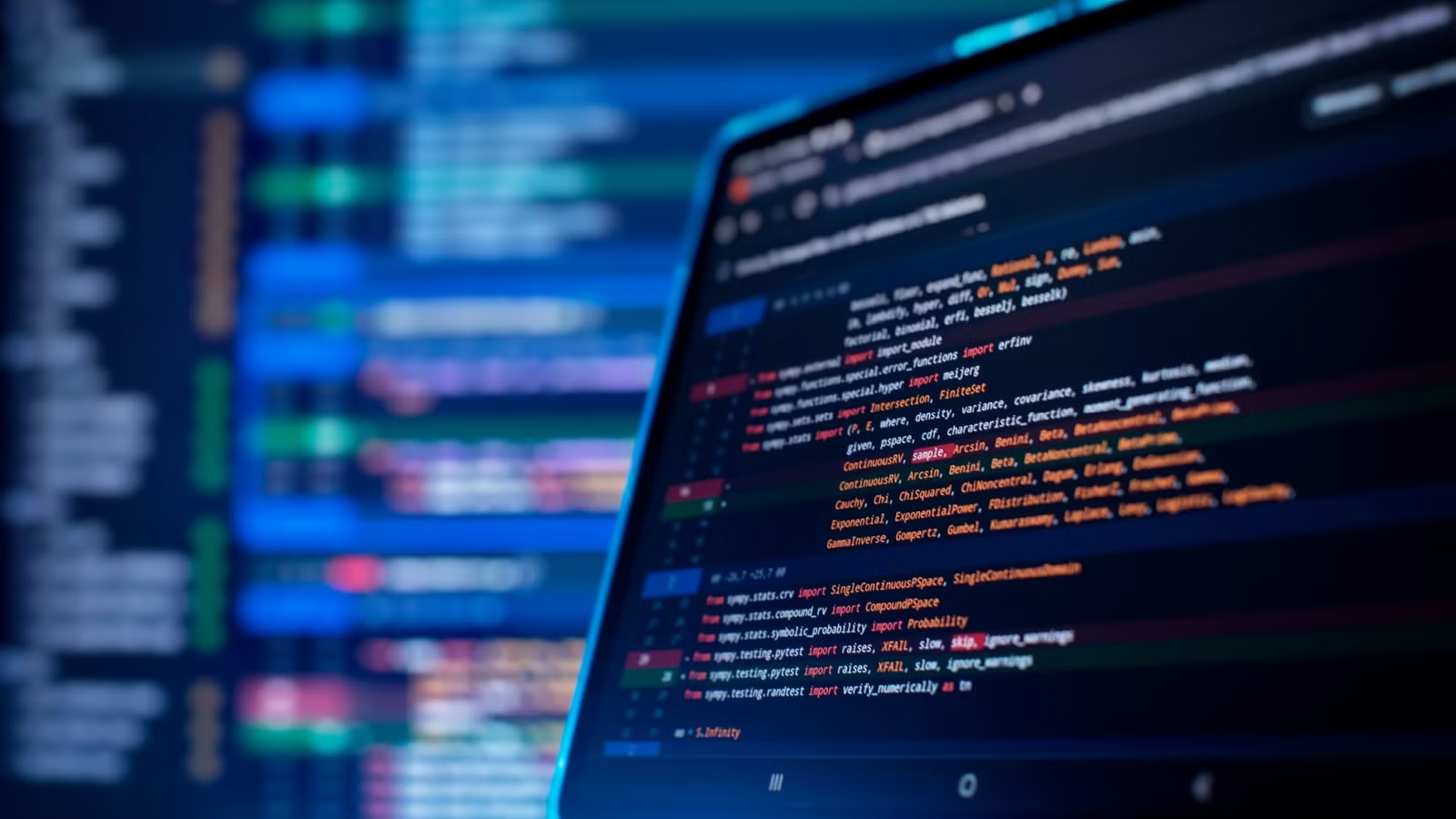TECHNOLOGY
How Will Blockchain Tech Intersect with AI?

Few subjects have generated as much buzz and excitement in the world of tech as blockchain and artificial intelligence (AI).
At a glance, the two seem completely unrelated. For example, checking the Cronos price has little, if anything to do with using AI to generate images.
Blockchain and artificial intelligence are more closely related than you might expect. We’re seeing them intersect more and more, a relationship which promises to offer us some incredible new tools and opportunities. Let’s find out more.
1. Automating Systems and Processes
If we want to know how blockchain and artificial intelligence intersect, it is absolutely critical that we have a solid grasp and understanding of what they are, how they work and what they can be used for.
Blockchain platforms serve as digital ledgers where actions can be processed and recorded. These platforms are most commonly associated with cryptocurrencies, and they act as a network through which transactions made using these digital currencies can be actioned.
However, blockchain tech can be used for much more, and we have seen it adopted and implemented across a range of industries, including supply chain management and healthcare.
Blockchain networks are decentralised and highly secure. They can function independently without the need for oversight or regulatory control, with all actions and information secured by cryptography.
AI is an umbrella term used to describe sophisticated computer systems that can accurately mimic human thinking and behaviour. The technology has exploded in popularity in recent years, as a result of the development of tools such as ChatGPT, and experts predict AI is set to completely change our lives.
AI tools use a range of different systems and processes to complete tasks, respond to user prompts, and think independently. These include things like neural networks and large language processing.
Now that we know what blockchain and AI are, let’s discuss how the two are intersecting and in what industries we see them used in combination.
2. Improving Cybersecurity

Our lives are increasingly lived through digital platforms and online spaces. While this has made the world immeasurably more convenient and interconnected, it has also given rise to the threat of cybercrime.
Being the victim of a cyber attack could see you lose money or even have your identity stolen. This means cybersecurity is incredibly important and is something everyone needs to think about if they are interacting with or using digital tools and services.
Blockchain secures the information stored on the network using cryptography. However, while this can keep data safe, it does nothing to prevent attacks from taking place. AI can be implemented in a more active sense, it can identify and eliminate cybersecurity attacks, constantly learning and adapting to new threats. This two-pronged approach will prove incredibly effective in the fight against cybercrime.
3. Taking Healthcare to the Next Level
Technology is critical to the healthcare industry. By adopting new tools and systems, healthcare providers can offer their patients greater levels of care and improved recovery rates.
We’ve seen an increase in the use of blockchain platforms to store sensitive customer records and information. Medical records are private, and, in most countries, this privacy is enshrined in law. If a data breach was to occur, customer privacy would be infringed, and the organisation could face severe legal penalties. By storing records in blockchain networks, data can be kept safe and protected from attacks from hackers and cybercriminals.
By combining this practice with AI, healthcare professionals will be able to access these records more easily and efficiently, with a higher degree of accuracy.
Preparing patients for surgery can be time-consuming, but doing so is essential. Using a combination of blockchain and AI, this process can be streamlined, with automated systems able to evaluate medical history and individual needs and requirements ahead of surgery, saving time and resources.
4. Enhancing Logistics

The rise of ecommerce has completely transformed the way in which we purchase goods. Products are now shipped to and from every corner of the planet, and they must reach their destinations in as little time as possible.
The logistics of such a global network are complex and incredibly fragile. Disruption at any stage can trigger a domino effect and cause untold damage.
Supply chain routes can be stored in blockchain networks, giving all involved parties access to the paths goods and products follow as they make their way towards their destinations. If issues occur on routes, the exact source can be pinpointed and flagged.
To improve this, AI can be implemented for the analysis and evaluation of routes. The nature of these intelligent systems means that they can use their own native critical analysis skills to assess the strength of logistical networks and make suggestions to improve processes. They can also evaluate changes in the market and make updates according to changing supply and demand.
5. Simplifying Our Life
Blockchain and AI are revolutionising the world. These technologies may seem like something from a science fiction film, but they are very real, and they are changing our lives in more ways than you might realise. The two technologies are interesting all the time, and combined application of them is increasing in industries including cybersecurity, healthcare and logistics.

















